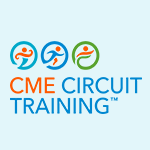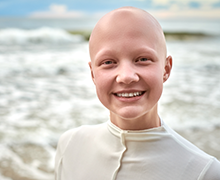Series Program Description
Alopecia areata (AA) is a nonscarring form of hair loss that often begins in childhood. AA can have a devastating effect on quality of life (QOL), resulting in depression, anxiety, stigma, bullying, and reduced school and work productivity. Adolescent patients are at particularly high risk for poor QOL. Grading hair loss severity and identifying psychological implications are critical to determining appropriate treatment. There are numerous treatment options, including highly effective janus kinase (JAK) inhibitors for children as young as age 12. These activities will discuss diagnosis and grading hair loss, psychosocial aspects of AA, and treatment decisions for adolescents with AA.
Educational Objectives
Upon completion of this activity, participants should be able to:
- Discuss the epidemiology of alopecia areata (AA) in adolescents
- Describe the pathophysiology of AA, including Janus kinase (JAK)/signal transducers and activators of transcription (STAT) pathways that are targets for emerging therapies
- Review clinical manifestations, including accompanying comorbidities, that can aid in the diagnosis of AA
- Incorporate validated strategies for assessing disease severity, with consideration of psychosocial factors that impact quality of life
- Implement recently approved systemic therapies for adolescents with AA into clinical practice


Alopecia Areata in Adolescents


Strengthening Your Alopecia Areata Management Muscles








